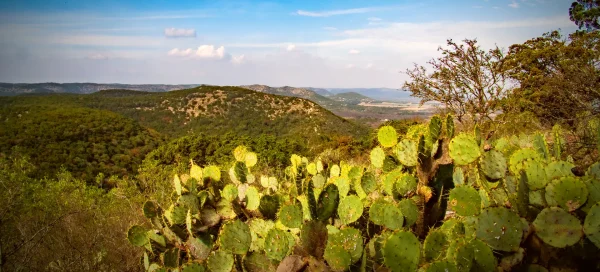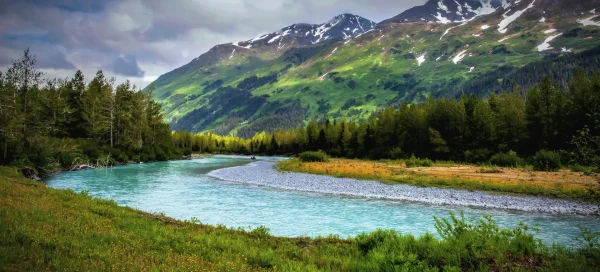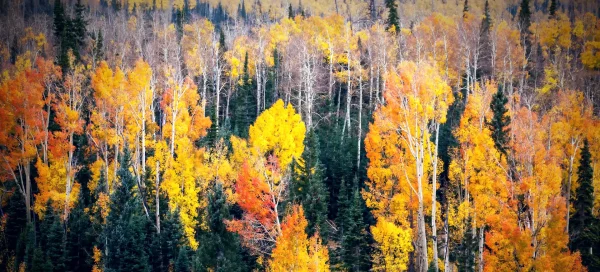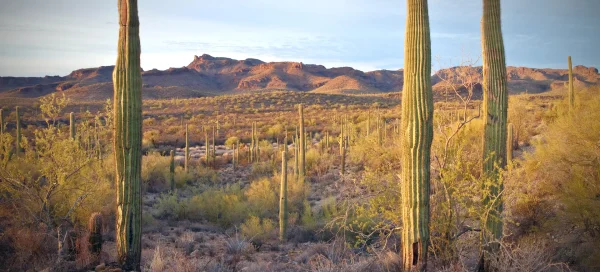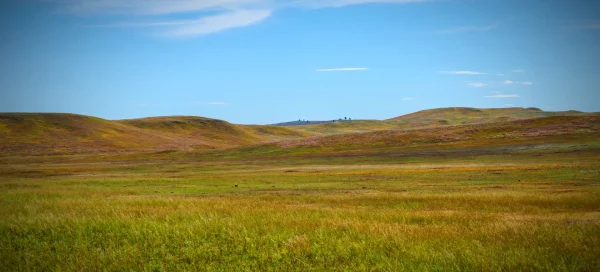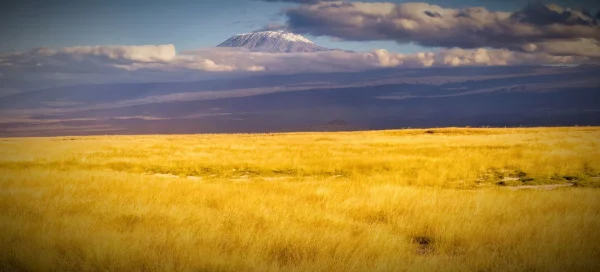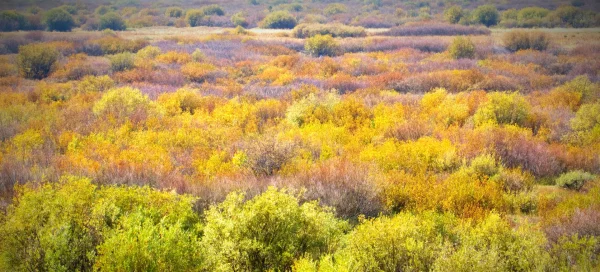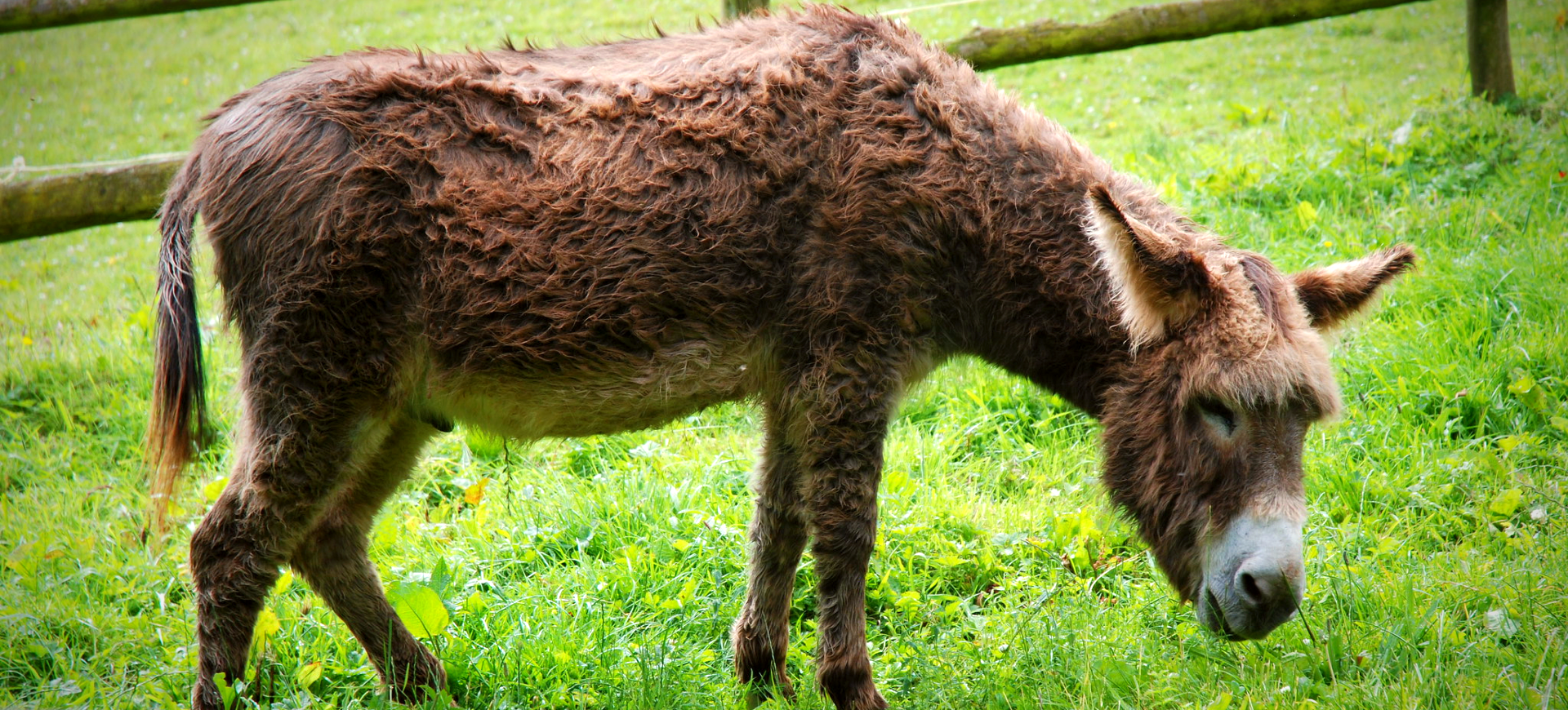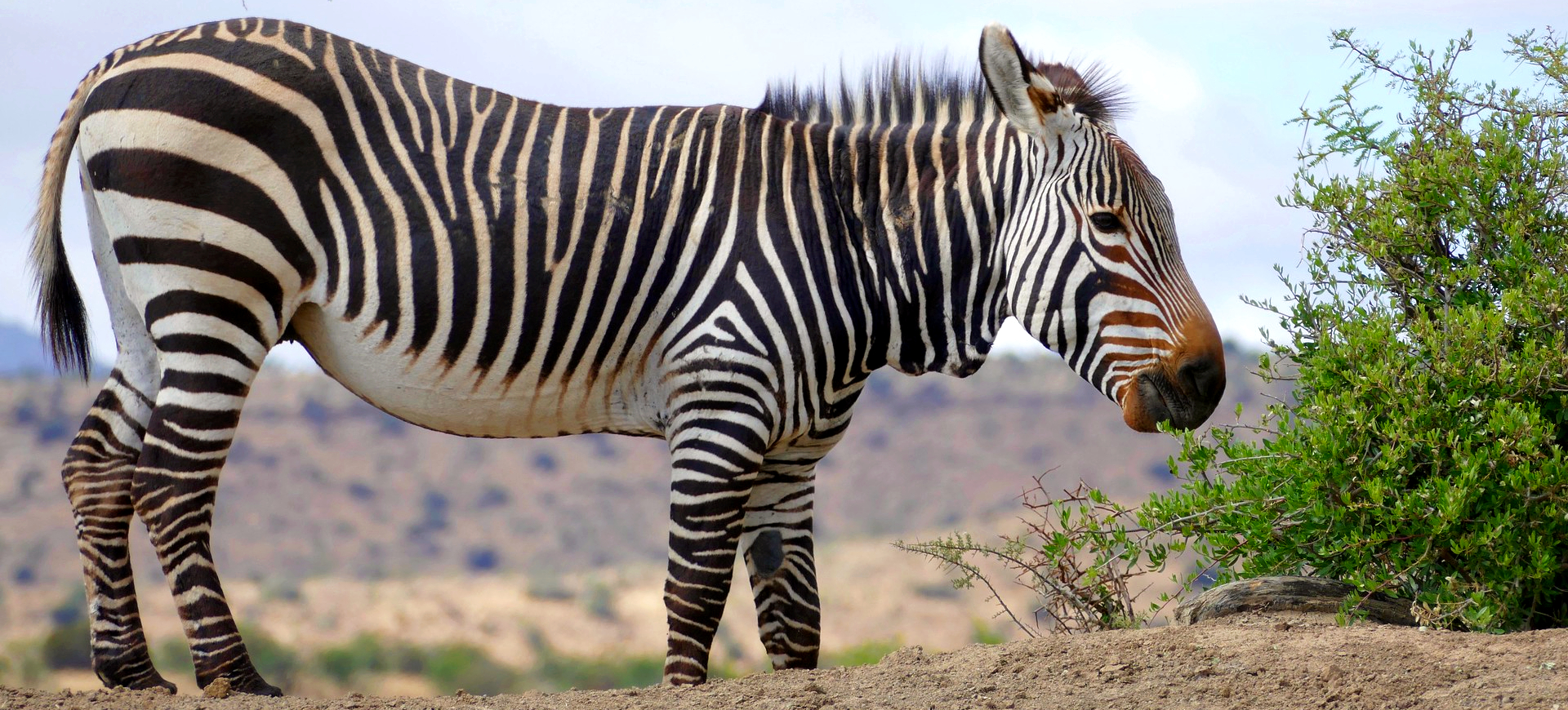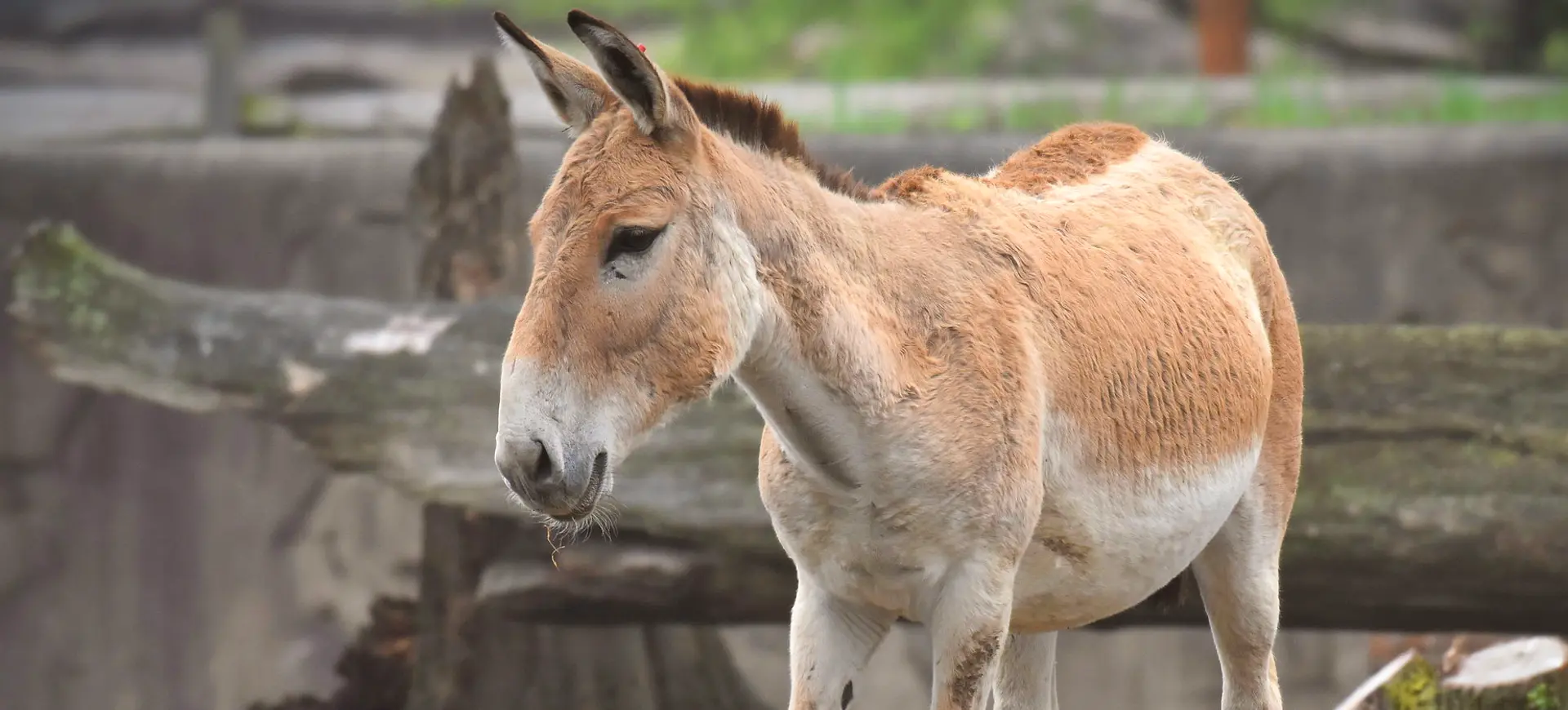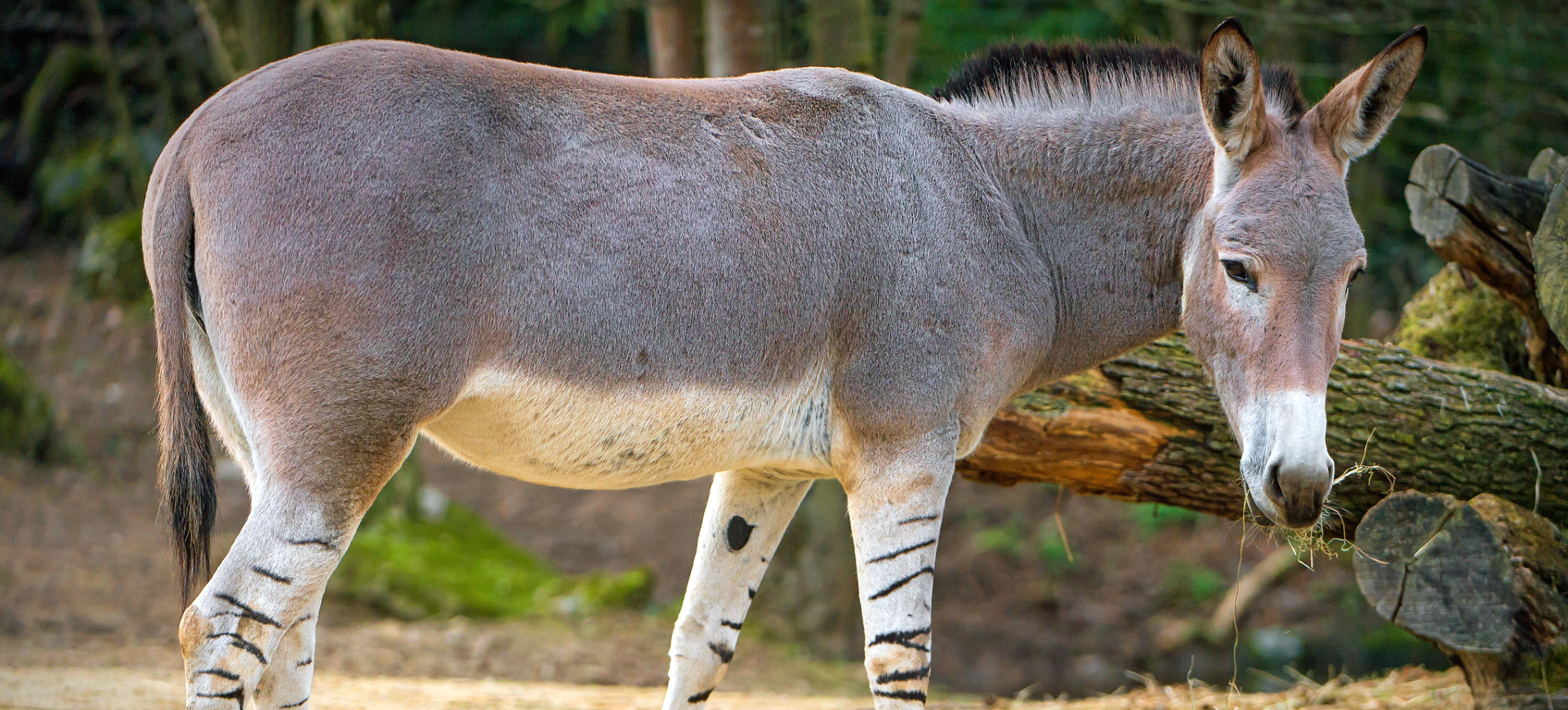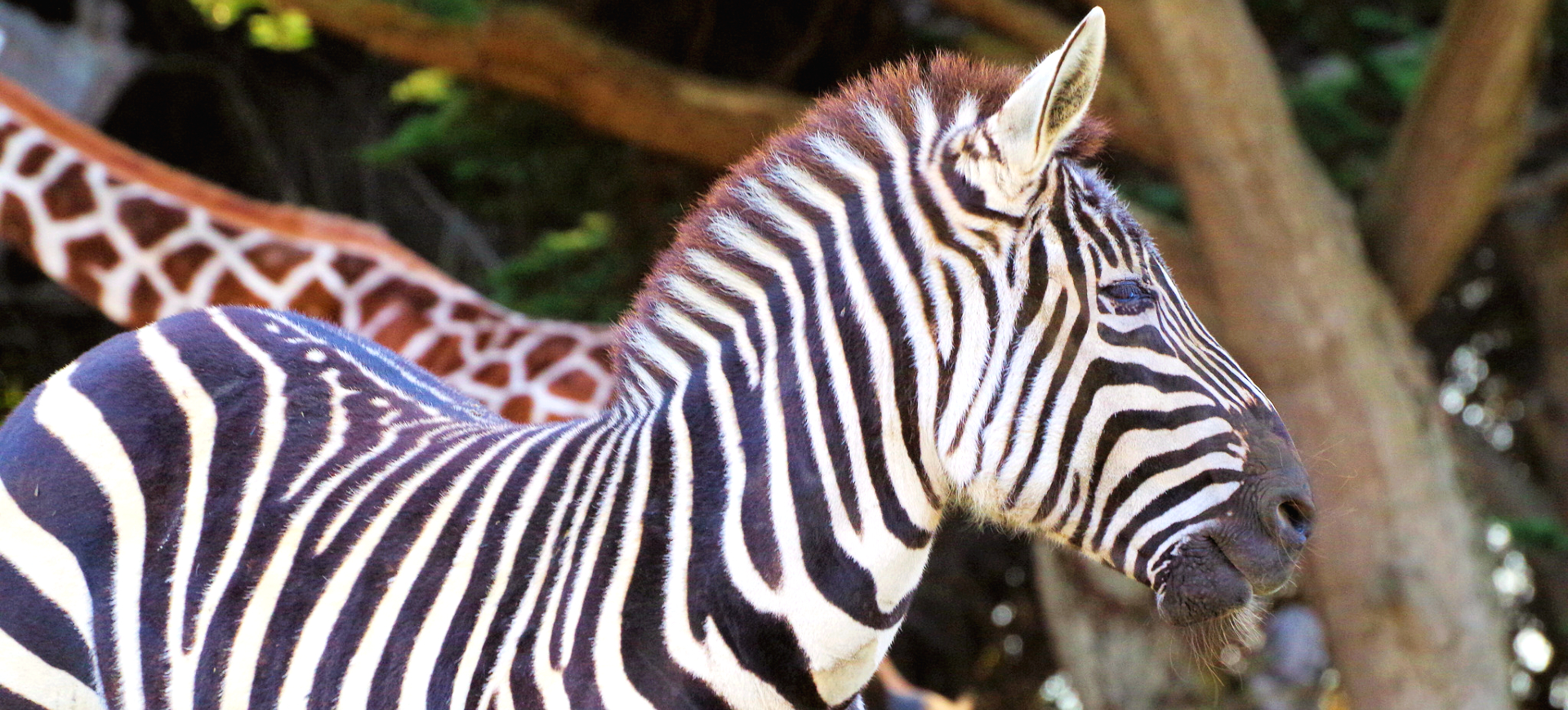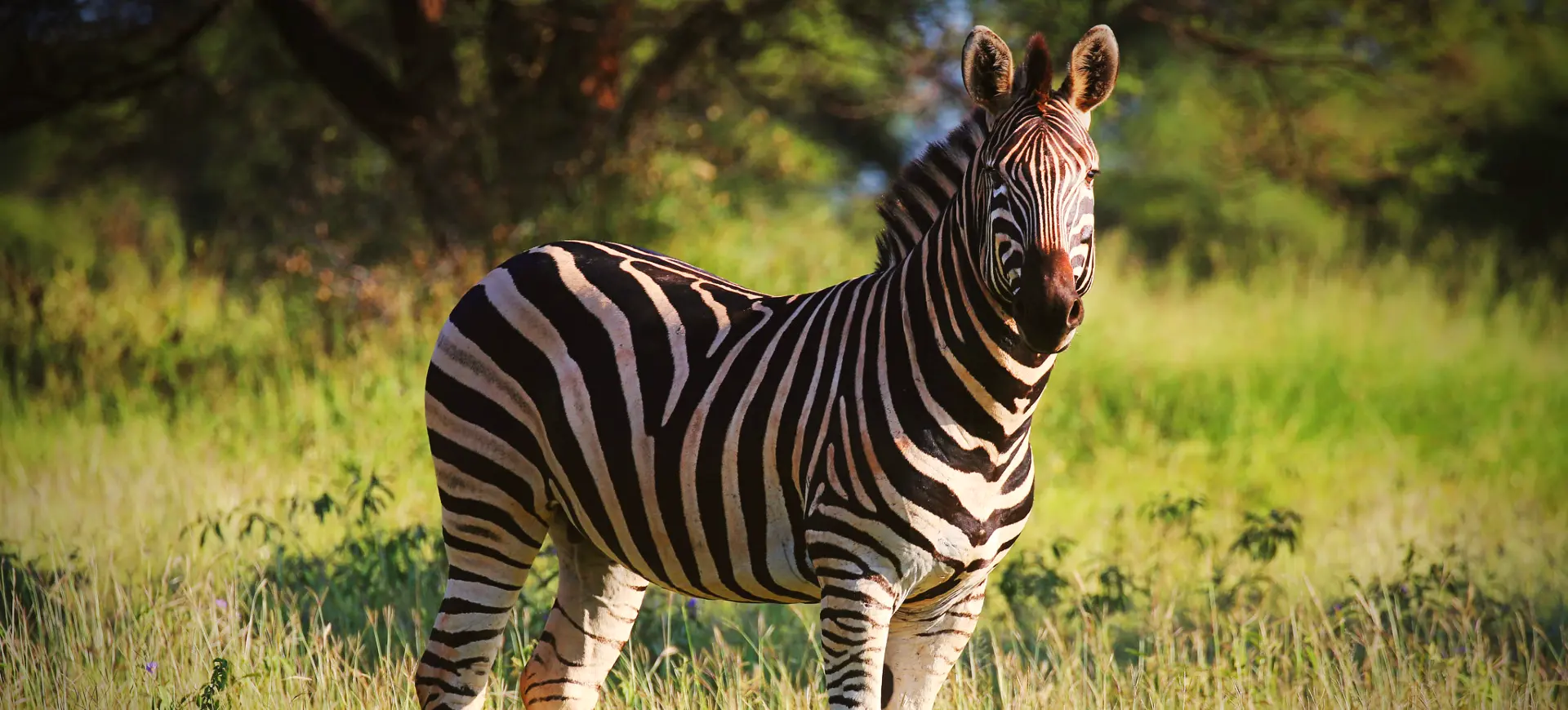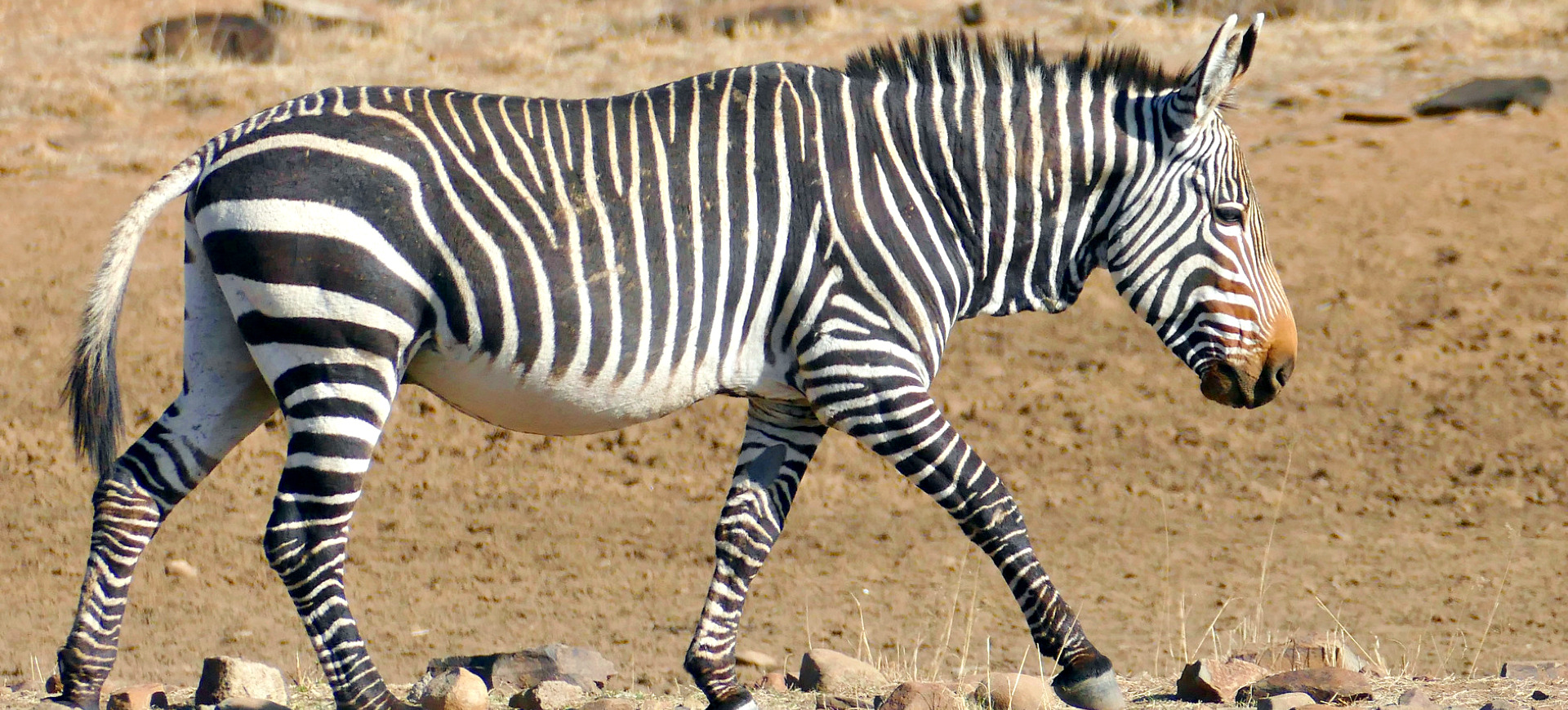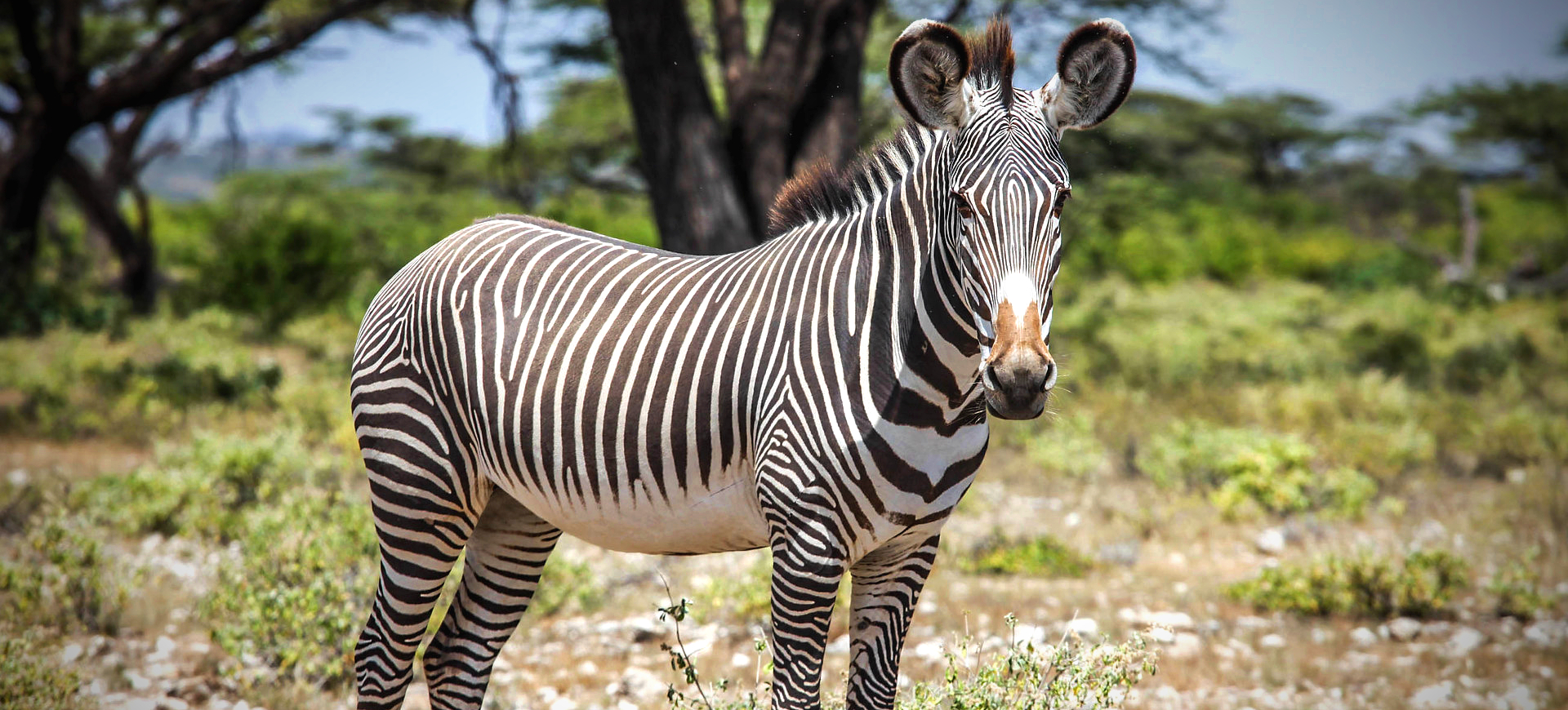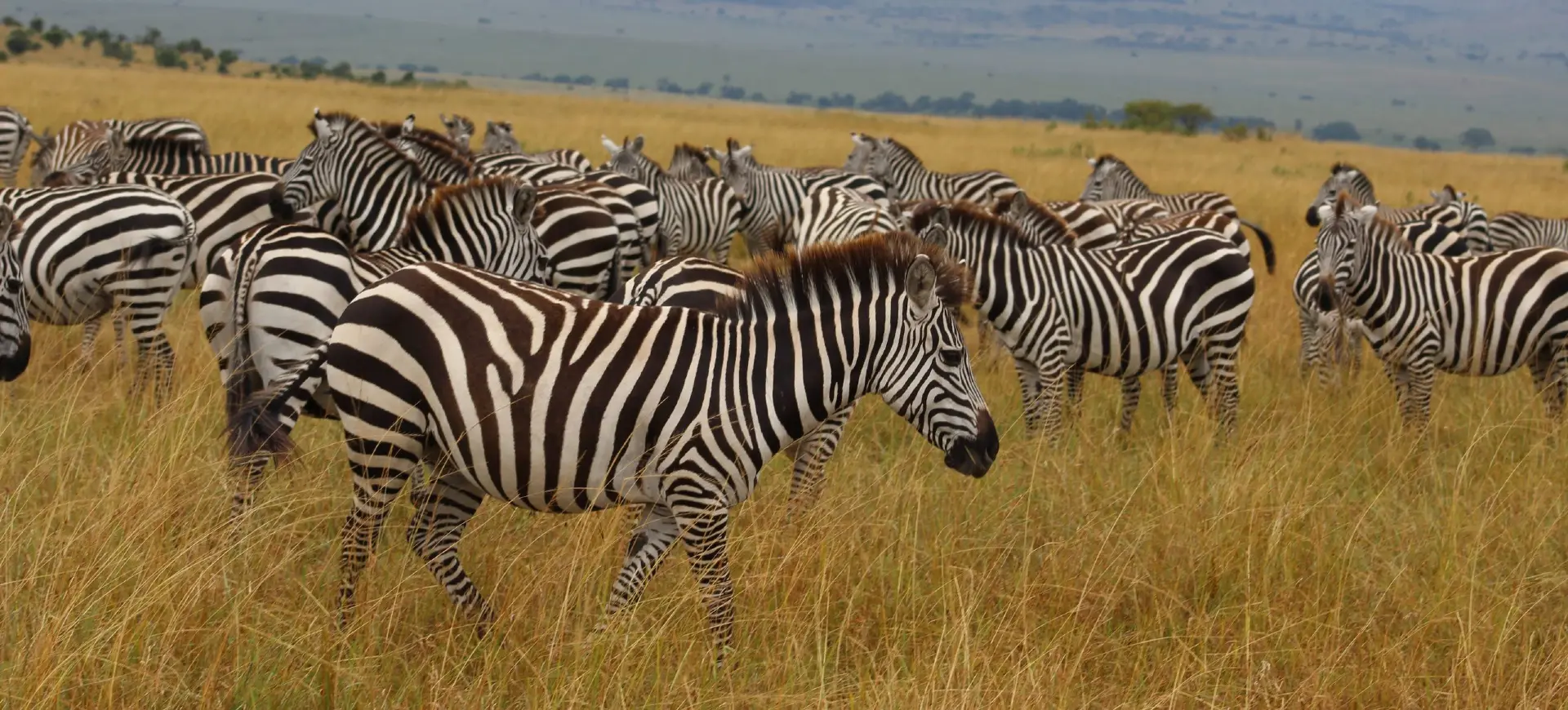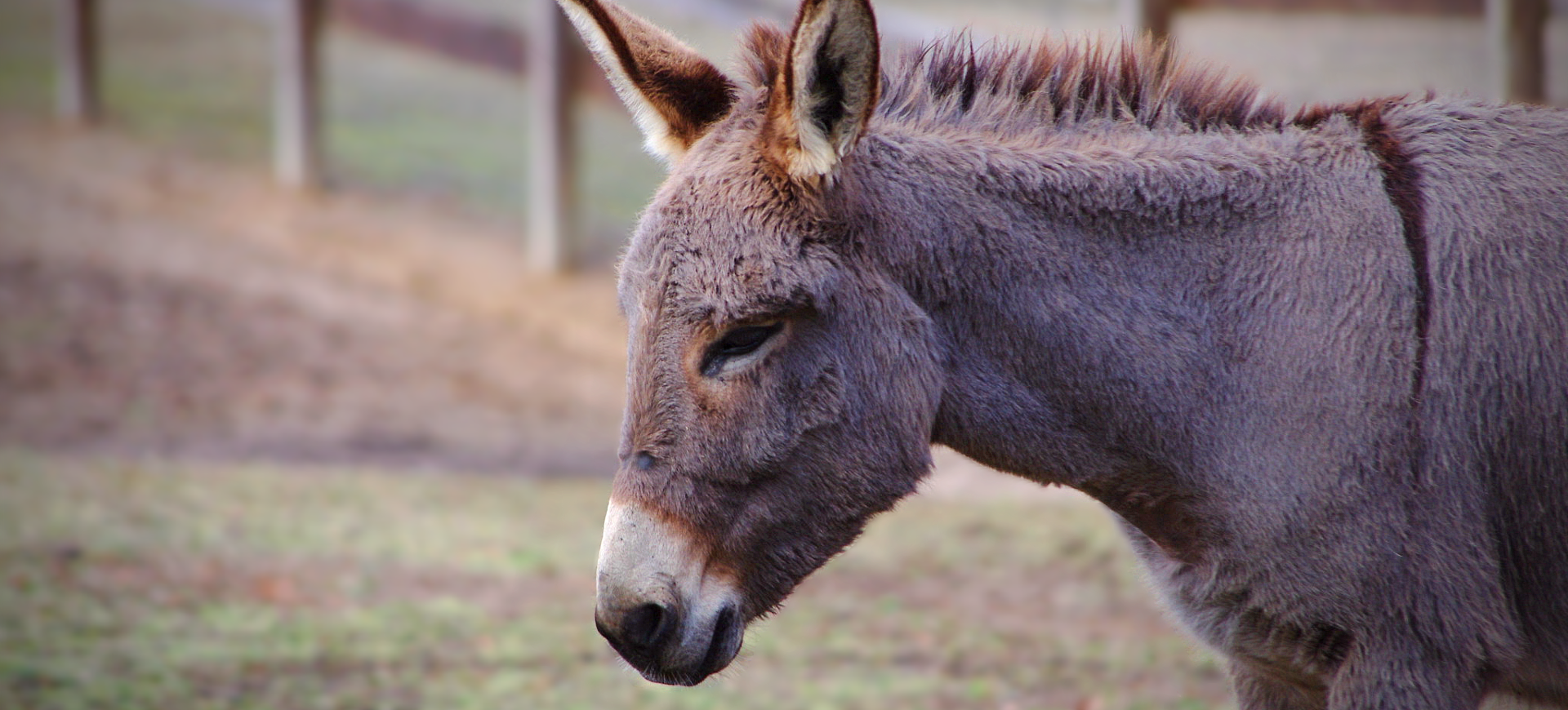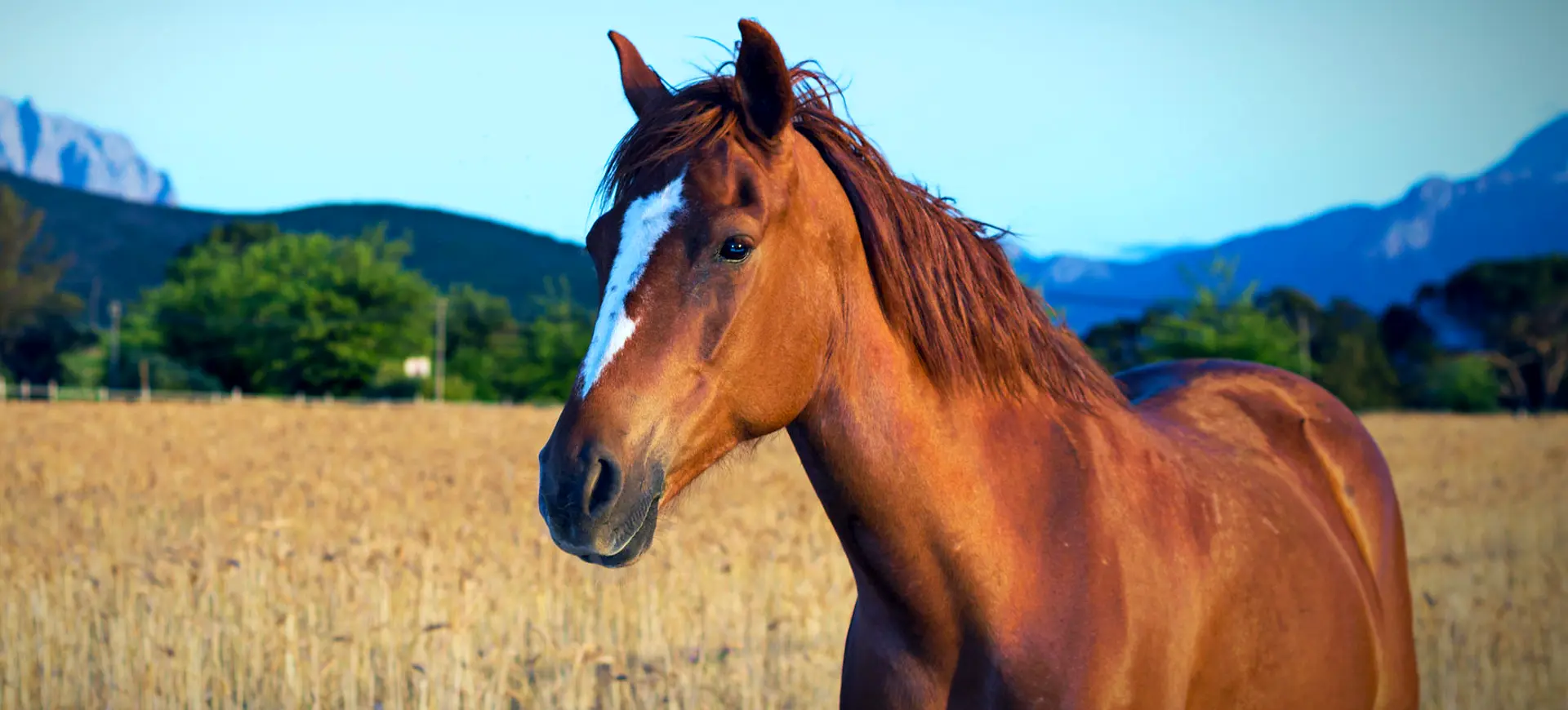Overview
Przewalski’s Horse is the last true wild horse species that has never been domesticated. Named after the Russian explorer Nikolai Przewalski, who formally discovered them, these horses are native to the steppes of Central Asia, mainly in regions like Mongolia and parts of China. Genetically, they differ substantially from domestic horses, evident in their distinct physical features and behavior.
This horse species faced the unfortunate fate of extinction in the wild during the mid-20th century. Their decline was primarily due to habitat loss and hunting. However, they have been reintroduced into their natural habitats through rigorous and carefully managed breeding programs. These programs utilized the few horses in captivity to help revive the species. This task has met with moderate success but continues to be a subject of ongoing conservation efforts.
Their mane is a defining physical feature that sets Przewalski’s Horses apart from domestic horses. Unlike the flowing, often groomed manes of domesticated horse breeds, the mane of a Przewalski’s Horse is stiff and stands erect. Additionally, these horses lack a forelock, the section of mane that usually falls over the forehead in domestic horses. These unique characteristics are just a few of the many that make this species a subject of interest and concern in biology and conservation.
Taxonomy
Kingdom
Phylum
Class
Order
Family
Genus
Species
Type
Physical Description:
Przewalski’s Horses are characterized by a robust and stocky physique, clearly designed for survival in the harsh climates of the steppes. Their coat color varies from sandy-yellow to reddish-brown and features a pale underbelly. A defining trait is the presence of dark stripes on their legs, resembling a zebra’s markings. Additionally, they have a conspicuous dark dorsal stripe that runs from the mane down to the base of the tail, a feature that further sets them apart from most domestic horse breeds.
Another prominent aspect of their physical appearance is their unique mane, which is short, stiff, and stands erect, in stark contrast to the flowing manes commonly found in domestic horses. Their large ears are not merely decorative but serve a functional role in providing the horses with heightened auditory sensitivity. Moreover, their eyes are set to the side of their heads, which affords them a broad field of vision, invaluable for spotting predators or finding food in their native habitats.

Lifespan: Wild: ~25 Years || Captivity: ~30 Years

Weight: Male: 550–990 lbs (250–450 kg) || Female: 440–780 lbs (200–350 kg)

Length: Male: 86–100 inches (220–255 cm) || Female: 80–92 inches (204–234 cm)

Height: Male: 48–56 inches (122–142 cm) || Female: 46–52 inches (117–132 cm)

Top Speed: 40 mph (64 km/h)
Characteristic:
Native Habitat:
Przewalski’s Horse originally roamed Central Asia’s expansive grasslands and steppes, particularly in regions like Mongolia and some areas of China. These native habitats are often arid and subject to extreme temperature fluctuations, ranging from very hot summers to severely cold winters. The landscapes are generally sparse, with limited vegetation, influencing the Horse’s diet and behavior. Despite these challenging conditions, Przewalski’s Horses have adapted to their surroundings, making the most of the available resources.
However, human activities such as agriculture, mining, and urbanization have led to significant habitat degradation, further challenging this endangered species’ survival. Some strides have been made in conservation, and specific protected areas have been designated as reintroduction sites for these horses. While their primary habitat consists of open plains ideal for grazing, they are also adaptable to hilly terrains, expanding their range and potential for survival in the wild.
Climate Zones:
Biomes:
Biogeographical Realms:
Continents:
Diet:
Diet & Feeding Habits:
Przewalski’s Horses have a diet of grasses, herbs, and grains, which they graze on in their native habitats. When available, they also supplement their diet with seasonal plants, including flowering shrubs and fruits. The timing of their feeding is strategically adapted to their environment; they usually forage during the cooler parts of the day, such as early mornings or late afternoons, to minimize exposure to extreme temperatures and conserve energy.
Unlike domestic horses, which often require regular access to water, Przewalski’s Horses have adapted to their arid native environments by developing the ability to survive with less water. This adaptation allows them to go longer periods without hydration, a vital trait for survival in the harsh conditions of the Central Asian steppes. The adaptation has not only helped them endure in challenging climates but also given them an edge in resource competition, particularly in areas where water is scarce.
Mating Behavior:
Mating Description:
Mating among Przewalski’s Horses typically takes place from April through June. The males, commonly referred to as stallions, are extremely territorial during this period and will often engage in aggressive behaviors such as fighting and vocalizations to win the attention of females, known as mares. Mares, in turn, are discerning in their mate selection, often choosing stallions based on their ability to defend territory and provide protection. This behavior suggests a form of natural selection, where the strongest and most capable males are more likely to reproduce.
After successful mating, the gestation period for Przewalski’s Horses lasts around 11 to 12 months, usually resulting in the birth of a single foal. Post-birth, the mother or mare takes on the primary responsibility of caring for the foal, providing it with milk and teaching it to graze. The stallion plays a crucial role in protecting both the mare and the foal, defending them from potential threats such as predators or rival stallions. This division of parental roles ensures the foal has a greater chance of surviving and thriving in its early stages of life.
Reproduction Season:
Birth Type:
Pregnancy Duration:
Female Name:
Male Name:
Baby Name:
Social Structure Description:
Przewalski’s Horses’ complex social structure revolves around small, stable family units. These family groups typically consist of a dominant stallion, multiple mares, and their offspring. Within these groups, a hierarchy is determined by factors such as age, experience, and physical prowess. The stallion assumes the role of the leader and protector, while the mares often collaborate in caregiving activities, such as looking after the young. The relationships within these groups are fluid but generally stable, contributing to the overall social cohesion.
Communication among Przewalski’s Horses is multifaceted and involves a combination of vocalizations, body language, and scent markings. Vocal cues like neighs, whinnies, and snorts convey various messages, ranging from alerting the group to potential dangers to expressing comfort or distress. Body language, including ear positioning, tail movement, and facial expressions, is also an essential communication tool. Scent marking, typically done by the dominant stallion, helps establish territorial boundaries and enhances the social bonds within the group. These complex communication methods enable the horses to navigate the challenges of their environment and maintain a structured social order.
Groups:
Conservation Status:
Population Trend:
The current population of Przewalski’s Horses in the wild is estimated to be around 2,000 individuals, with the majority residing in Mongolia. Conservation programs, including reintroduction initiatives and habitat preservation, have maintained and even slightly increased this number over recent years. These efforts are especially important given that the species was once extinct in the wild and has made a comeback largely due to these conservation strategies.
In captivity, approximately 1,500 Przewalski’s Horses are distributed across various zoological parks and reserves globally. These captive populations serve multiple purposes; they are educational and awareness-raising tools vital for scientific research. Importantly, captive breeding programs aim to increase genetic diversity within the species, which can contribute to Przewalski’s Horses’ overall health and longevity in the wild and captivity. These captive individuals often serve as potential candidates for reintroduction into the wild, further underscoring their importance in conservation efforts.
Population Threats:
The primary threats to the population of Przewalski’s Horses are multifaceted and predominantly anthropogenic. Habitat loss due to agriculture and mining activities is a significant concern, as it reduces the available grazing land for these animals. Additionally, the increasing numbers of domestic livestock often lead to competition for limited resources like water and forage, exacerbating these wild horses’ challenges. Inbreeding is another significant issue, especially given the already limited genetic diversity within the species, which could make them more susceptible to diseases and lower their chances of survival.
Climate change presents an emerging threat to the Przewalski’s Horse, with potential long-term implications. Rising temperatures and shifts in precipitation patterns could dramatically alter the grasslands and steppes where these horses reside, impacting the availability and quality of their food sources. Moreover, climate change could exacerbate other threats like habitat degradation, making it even more challenging for conservationists to ensure the species’ survival. These cumulative threats underline the importance of comprehensive and sustained conservation efforts to protect this last true species of wild horse.
Conservation Efforts:
Conservation efforts for the Przewalski’s Horse are multi-pronged and involve diverse stakeholders. Reintroduction programs have been implemented to increase their numbers in native habitats, especially in regions where the population had previously been extirpated. Habitat preservation efforts are also in place to secure the environments where these horses can thrive. Laws have been enacted to prohibit the hunting and capture of these horses, adding a legal layer of protection for the species. These initiatives are often collaborative efforts that involve governmental agencies, non-governmental organizations, and local communities working in tandem.
Captive breeding programs play an indispensable role in conserving the Przewalski’s Horse. These programs aim to ensure genetic diversity within the species, a crucial factor for its long-term survival. Zoological parks and reserves worldwide participate in these programs, contributing to the genetic diversity and research that can help fine-tune conservation strategies. These captive populations are also key for educational outreach, helping raise awareness and garner support for conserving this unique and endangered species.
Additional Resources:
Fun Facts
- Przewalski’s Horse has 66 chromosomes, two more than the domestic Horse.
- They are named after Russian geographer and explorer Nikolai Przewalski.
- The species went extinct in the wild but was saved through captive breeding programs.
- Unlike domestic horses, they have never been successfully domesticated.
- Przewalski’s Horses can go longer without water than domestic horses.
- Their stiff, upright mane is a unique distinguishing feature.
- They can live up to 30 years in captivity, which is longer than their average lifespan in the wild.
- Stallions can be extremely aggressive during the mating season.
- Przewalski’s Horses have a keen sense of hearing and sight.
- The oldest known cave painting of a horse is believed to depict Przewalski’s Horse.

